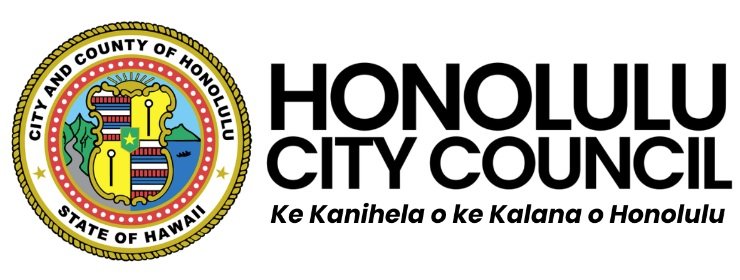
Honolulu City Charter
The Honolulu City Charter is like the Constitution, it is the fundamental document that established the City and County of Honolulu. The Charter’s over-arching goals are: to serve the general welfare, safety and aspirations of the people of the City in a sustainable manner; to promote stewardship of natural resources for present and future generations and to exercise those powers in a transparent manner to encourage full participation by the people of the City. The systems and processes established in the Charter allow such issues to be framed and analyzed in order to achieve those and other goals.
Revised Ordinances of Honolulu
The Revised Ordinances of Honolulu (ROH) is the code, or set of laws, for the City and County of Honolulu.
Plans
O‘ahu General Plan
The Oʻahu General Plan sets forth the City’s objectives and broad policies for the long-range development of the island. It contains statements of the general social, economic, environmental, and design objectives to be achieved for the general welfare and prosperity of the people of Oʻahu and the most desirable population distribution and regional development pattern (Section 6-1508, Revised Charter). In working with the community, the policies and objectives of the Oʻahu General Plan were developed and organized into 11 key focus areas reflecting the needs of the people and the functions of government.
Development Plans & Sustainable Communities Plans
These eight regional plans provide the vision and implementing policies and guidelines for each area.
Transit-Oriented Development Plans
Transit-oriented development (TOD) is a pattern of different uses—housing, jobs, and services—surrounding a transit station that takes advantage of the convenience and affordability of transit. A TOD neighborhood is vibrant, dynamic, and pedestrian- and bicycle-friendly.
(Scroll to interactive map)
Climate Action Plan
The climate action plan (CAP) is a science-based, community-driven strategy for Oʻahu to combat climate change and eliminate fossil fuel emissions—the root cause of global warming.
O‘ahu Resilience Strategy
The 44 actions within directly address the challenge of long-term affordability and the impacts of a climate crisis that is already driving islanders from their homes. Implementing this Strategy will make us economically more self-sufficient and safer as island people.
Complete Streets
Complete streets are safe, convenient, and accessible for all, regardless of how one gets around, age, or ability.
O‘ahu Bike Plan
The O‘ahu Bike Plan guides the continued growth of bicycling as a safe, convenient, accessible, affordable, healthy, and fun transportation option.
Office of Resilience: Equity Guide
The City’s Office of Climate Change, Sustainability, and Resilience has put together an equity toolbox and explains its four pillars of operationalizing equity in its office at the City & County of Honolulu.
Reports
Service Efforts & Accomplishments Reports
The reports provide a snapshot of city accomplishments over the past year, includes a City organizational chart; includes information on what city departments do and highlighted work each has done; departments’ incoming revenue and outgoing expenses and more.
National Community Survey - Honolulu
The National Community Survey (NCS) is a collaborative effort between the National Research Center at Polco and the International City/County Management Association.
The most recent survey in 2022 captures Honolulu residents’ opinions across 10 central facets of the community: Economy; Mobility; Community Design; Utilities; Safety; Natural Environment; Parks and Recreation; Health and Wellness; Education, Arts, and Culture; and Inclusivity and Engagement. The individual facets contribute to the residents’ view of governance and their overall assessment of the Quality of Life within their community. Residents were also asked to respond to a set of custom questions pertaining to the City and County of Honolulu. Included in the report are tables comparing Honolulu residents’ responses to all communities participating in the survey, to communities with a population of 300,000 or higher, and details of every response.
